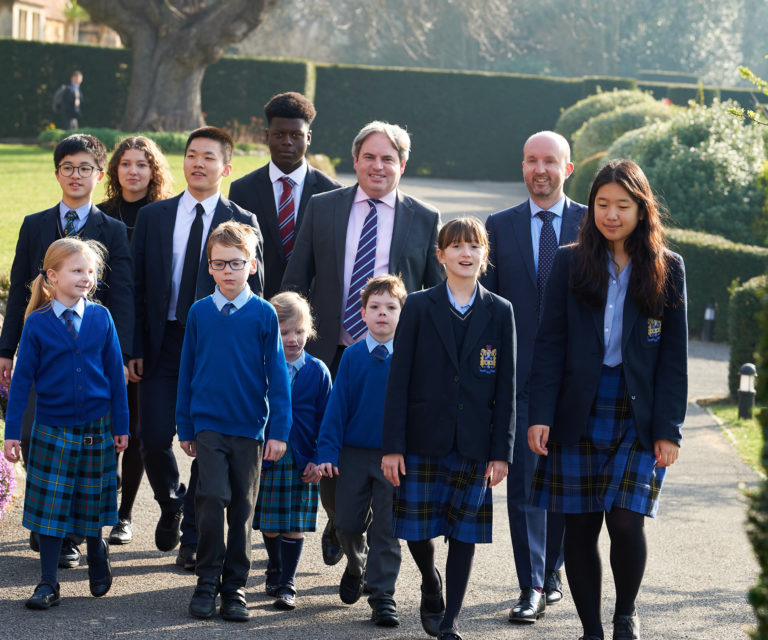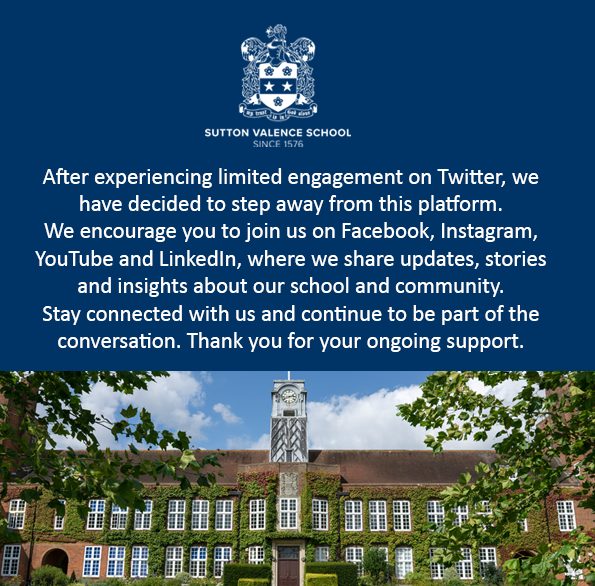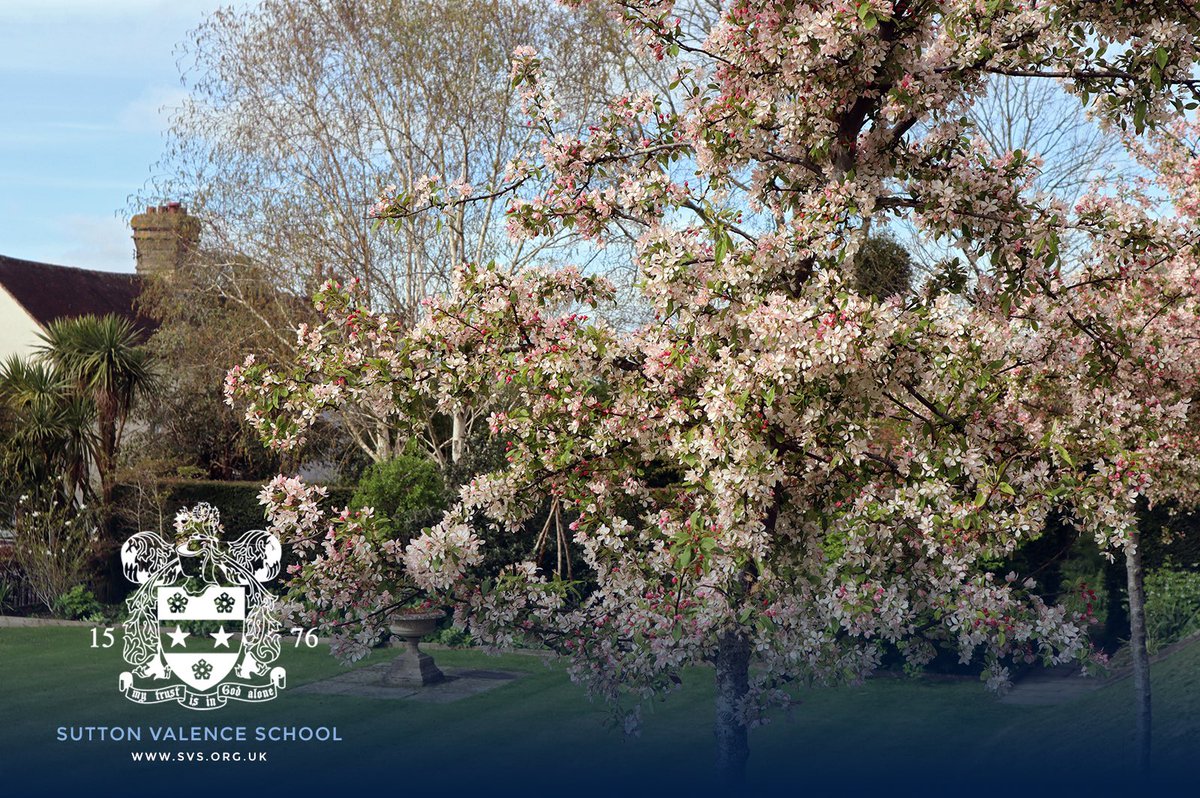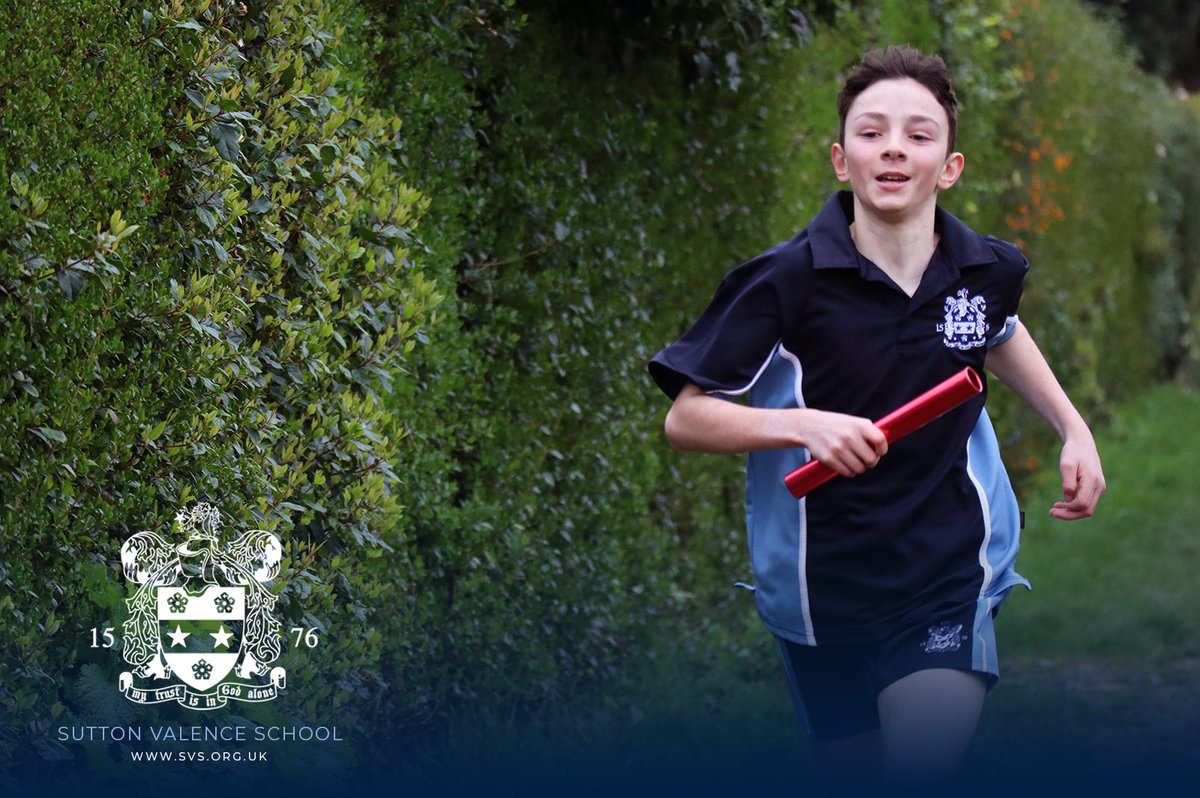On Monday, the whole School took part in our annual Field Day.
In Science, ten Physics students were split into two teams and set a futuristic task. Thomas Dolan (Fifth Form) has written a report of the day below.
“Our company, dubbed Elon (emphasis on the E) was told to build a Cis-Lunar Space Station to hold at least 20,000 people. This meant we had to have a space habitat suspended in an orbit between the moon and the Earth. We decided to call our station the Elon Space Station Mega Extra-Terrestrial Manufacturing and Engineering Structure or the ESS M.E.M.E.S.
As it was 2054, we had many resources available to us that do not currently exist. The most exciting and useful to us was the prospect of using a nuclear fusion reactor, fuelled with the extremely powerful helium 3 isotope mined on the moon. This idea was promptly named “Project High-Speed Cheese”, as it involved propelling helium-3 from the moon (MOON CHEESE!), at extremely high velocities to cause a fusion reaction. It would also require a moon base to mine the helium-3; named Project Gromit, after Wallace and Gromit and their expedition for cheese from the moon.
The station consisted of two large rings. These would spin to generate artificial gravity. In these rings would be the living space, farms, industrial and scientific facilities. It also featured recreational parks, restaurants and a complex virtual reality system, powered by a multi-million-pound quantum computer dubbed Project Turing.
The farms were solar-powered, known as Project Morning and the farms themselves could perfectly provide for at least 36,000 residents, with their robotic workers the whole idea was called Project Eden.
Now, this only scrapes the surface, as we also had Project Chatham, which was the construction of the docking ports and use of Single Stage To Orbit (SSTO) spacecraft. Something that excitingly is being experimented with currently.
There were several hypothetical projects we discussed, such as Project Wensleydale, the genetic modification of plants and, specifically, chickens. Our head of automation decided that rather than use expensive cattle that produce methane, we should just genetically modify chickens to produce milk for dairy products. We subsequently scrapped the project after a heated debate, deciding that the £60 million required could be spent elsewhere.
Our final projects included Project Icarus, an interstellar Daedalus engine costing potentially trillions, and Project Storm Cloud, the refining of deuterium nuclear fuel from the gaseous atmosphere of Jupiter. These were hypothetical but very interesting to discuss and entice our investors with.
The competition between Elon and DJ Space was close, but we scraped a victory thanks to our use of Callum Davis’ rotating habitational rings and my memory of the abundance of helium-3 nuclear fuel on the moon, the Mathematics work of Toby Loy, the interior design of Tom Copping and of course James Gardener’s waste disposal and robotic systems.
It was a thoroughly enjoyable day that was both a mental challenge and a great laugh.
Thank you to the staff who organised it, and thank you to my teammates for making it enjoyable and working hard to make our ideas a reality in the space of a few hours.
DJ Space were certainly excellent adversaries, so well done to them.”
Tom Dolan, President of Elon





